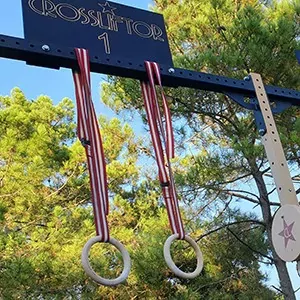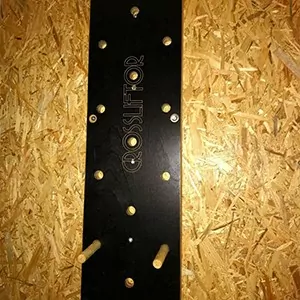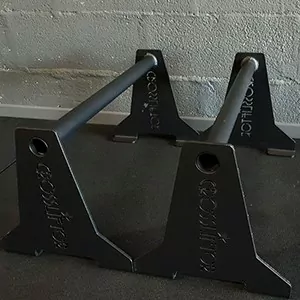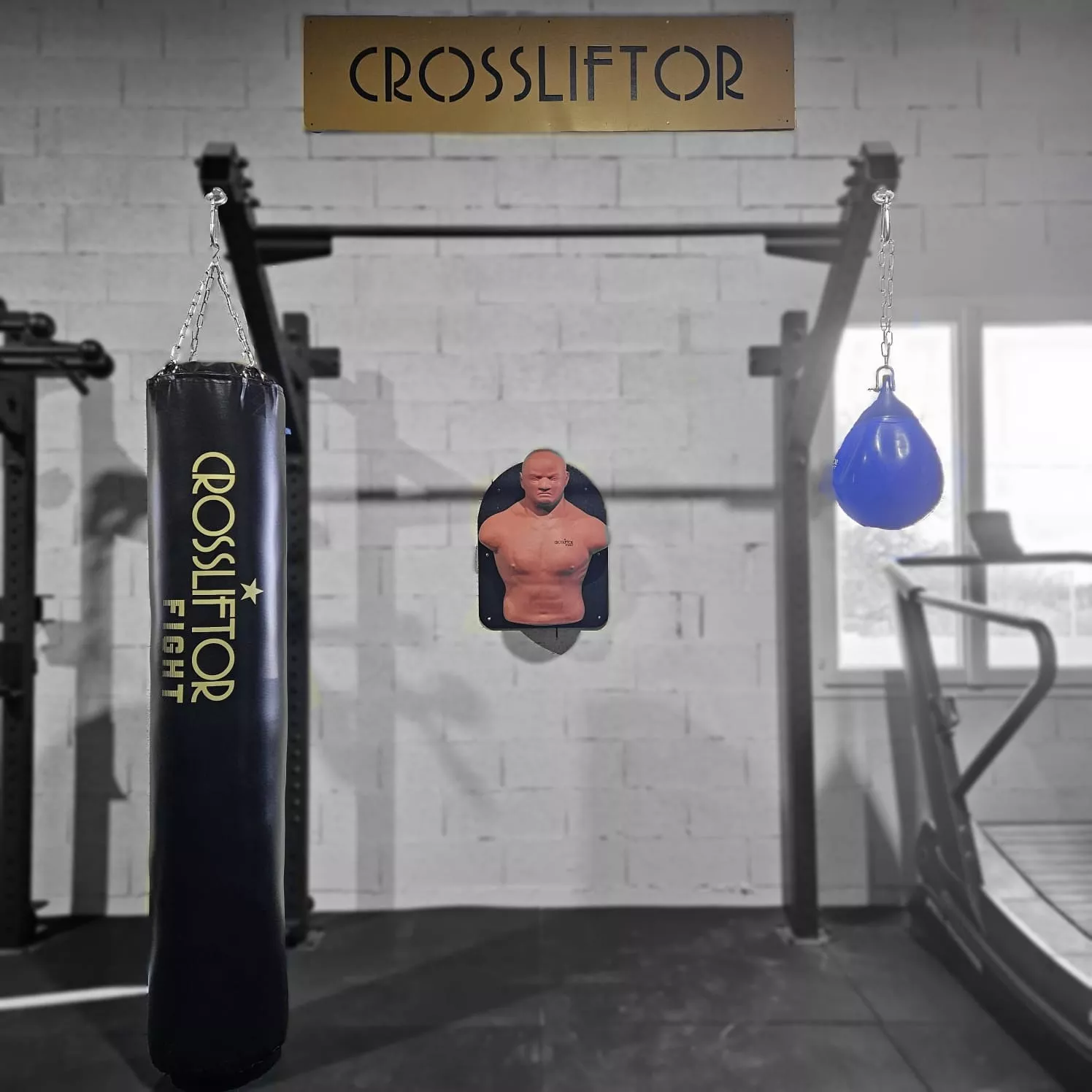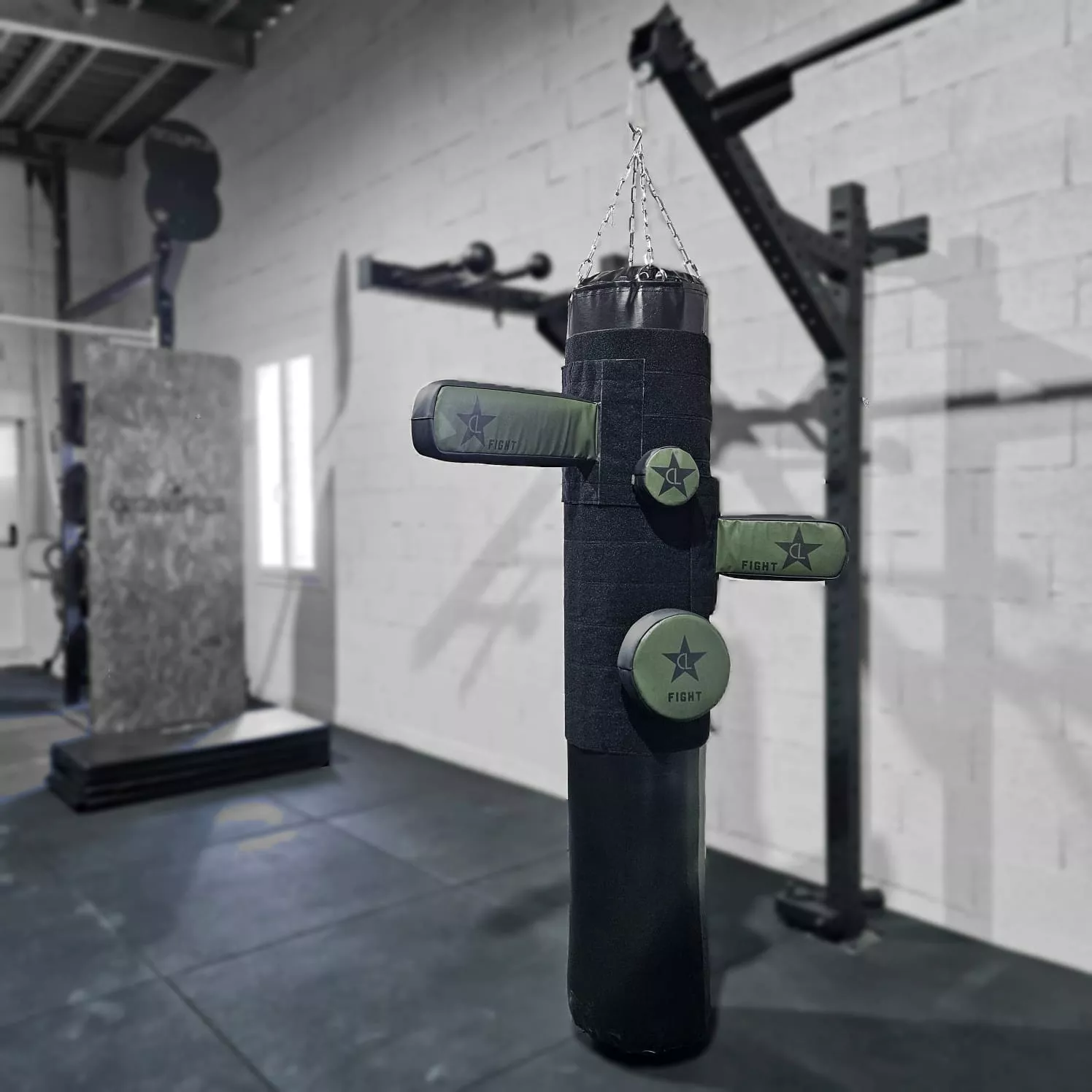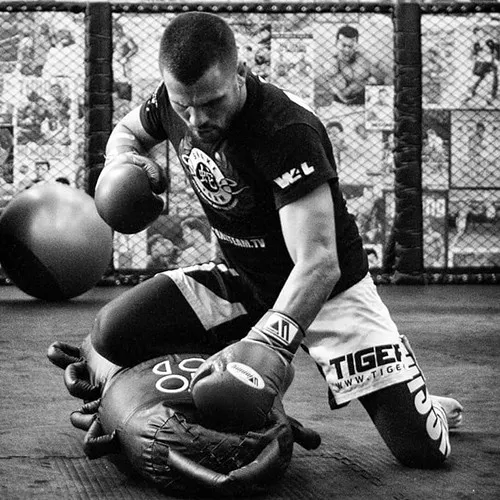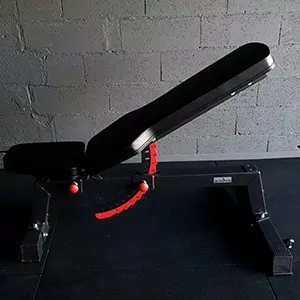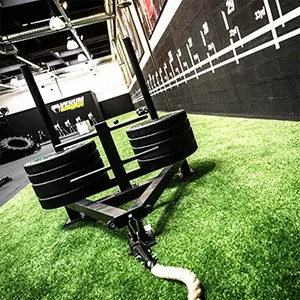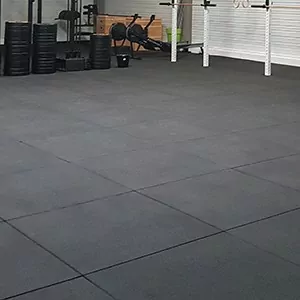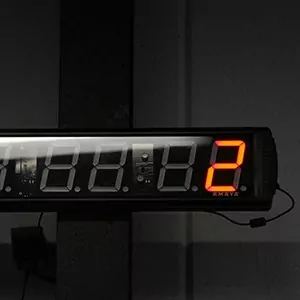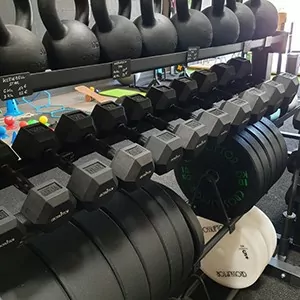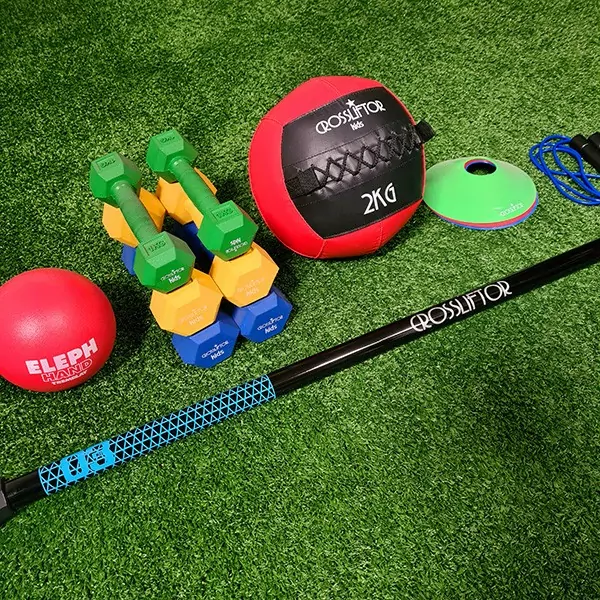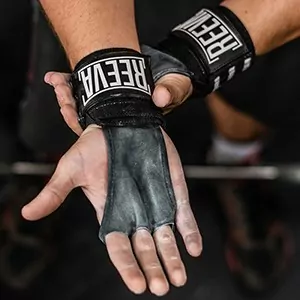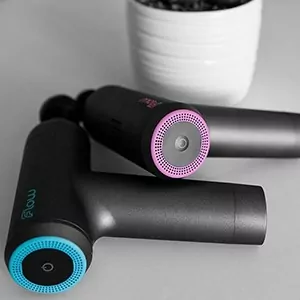How do I choose the right model?
You may sometimes read that the choice of a pull-up bar depends on the number of muscle groups you want to work, and therefore on the number of possible positions. This isn't entirely true, as with a straight bar you can already perform a range of movements (pull-ups, chin-ups, toes-to-bar, etc.) which, if practised regularly, will enable you to work all your target muscles. Let's focus instead on criteria such as your environment and the particularities of the installation site
Wall-mounted or free-standing?
If you're a professional, the question doesn't necessarily arise for you, but if you're a private user, let us guide you on the subject. The main advantage of a wall-mounted pull-up bar, as opposed to a free-standing model, is that it requires less space. Only the top space is taken up, but you can still move around underneath it when it's fixed at the right height. Apart from that, the price of wall-mounted bars is much lower than that of free-standing bars, often combined with a espalier or guillotine rack, for example. Your choice will depend mainly on your needs and the configuration of your training area. Do you have an outdoor area? If not, can you wall-mount the bar indoors without risking a problem (drywall and dividing wall)?
So, it's the model that has to be adapted to your installation constraints rather than to your practice, which will be much more versatile on a single bar. For home gym use, we recommend the 100 cm pull-up bar, which provides a perfect hold and enables you to perform swinging movements such as kipping, butterfly, muscle-up and pull-up.
Indoor pull-up bar
The most important factor in choosing anindoor pull-up bar is the space available. The quality of the bar takes second place, as it will be protected from the elements. If you want to set up a real home gym in a dedicated space, we advise you to invest in a complete rack that will enable you, via the addition of equipment, to practice different exercises. If the ceiling height is high enough and your walls allow it, wall-mounted upright bars will be ideal for kipping exercises. A wall-mounted bar in a garage or on a mezzanine beam won't take up any space and won't encroach on your living space.
Heavy-duty outdoor bar
As you've probably guessed by now, if you want to install your bar outdoors, it has to be designed for it: with a resistant coating and quality materials. All our bars are made of ultra-resistant galvanized steel and painted with a special coating designed to withstand all types of weather. You can easily choose any model for outdoor use. Beware, however, that depending on exposure and maintenance, slight rust spots may appear over the years, mainly on the clamping screws. Ideally, it should be placed under an awning or a spot of exposure where moisture does not remain on the wall. Our bars are not foam-coated, as they are designed for intensive, long-term use.
How to attach our wall-mounted pull-up bars?
Wall-mounted pull-up bars must be fastened with care to ensure your safety and avoid damaging your environment.
Each case will have its own particularities, but we'd like to share a few basic rules with you:
- Choose a wall preferably made of concrete. Avoid plaster or drywall, which are not designed to support heavy loads.
- Place the bar against the wall at the desired height. Use a spirit level to make sure the bar is straight. Mark the mounting holes on the wall through the pre-drilled holes in the bar.
- Drill your holes and insert anchors suited to the type of wall and anticipated load (your weight + any ballast). Fix the bar to the wall.
- Perform a safety test. Test the bar by applying a progressive weight. Check that there is no movement or play in the fixing.

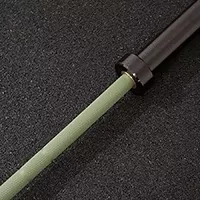
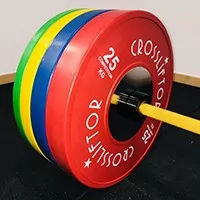
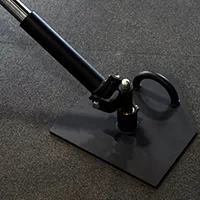
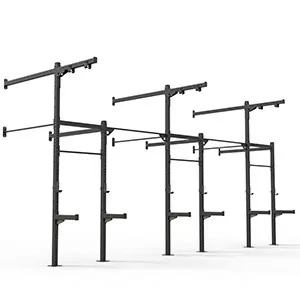
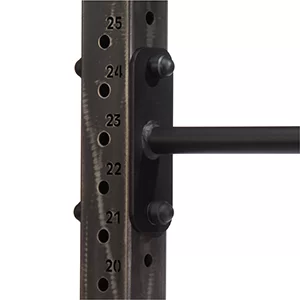
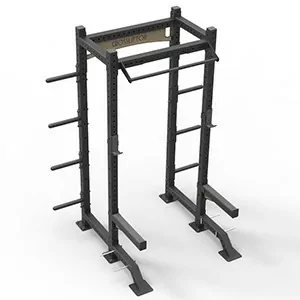
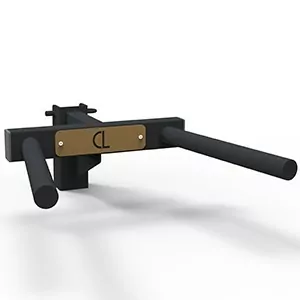
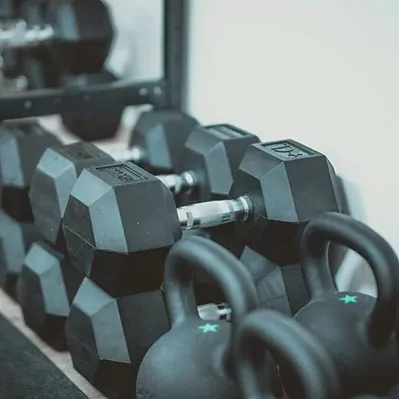
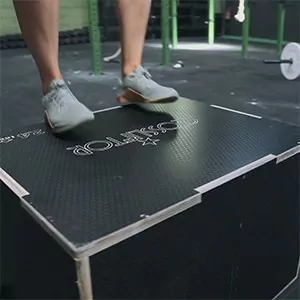
 (1).webp)
